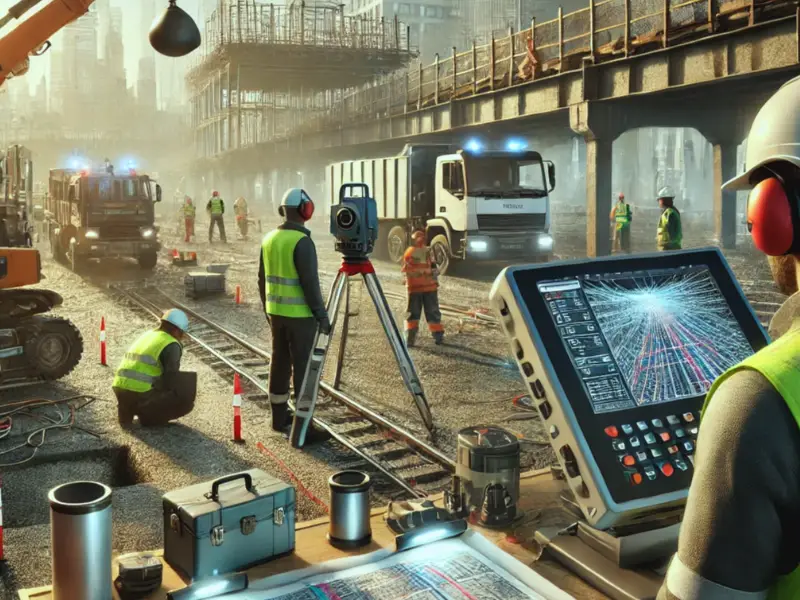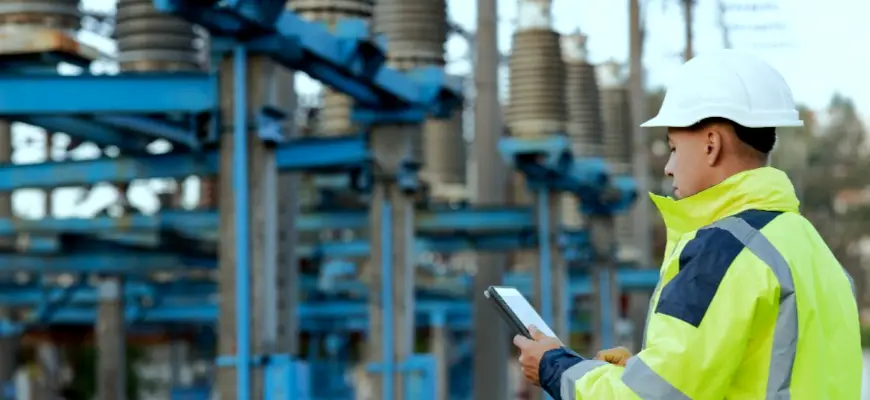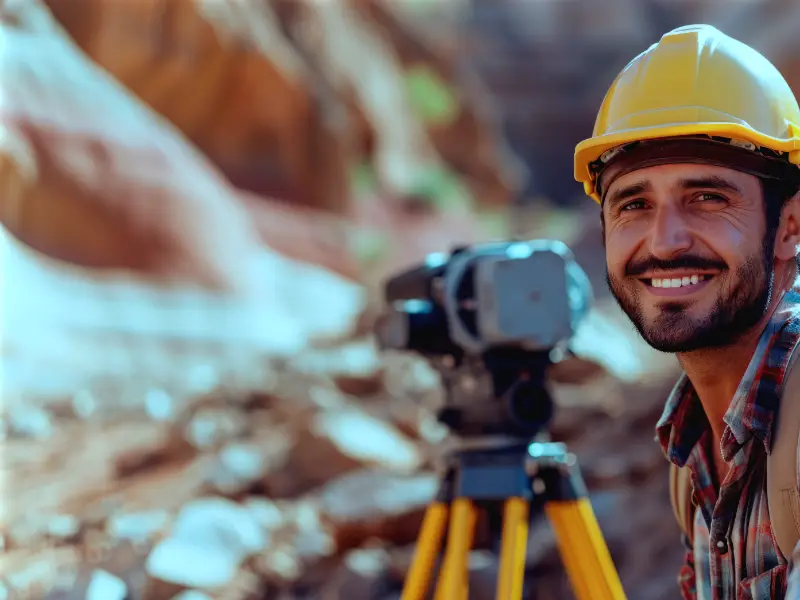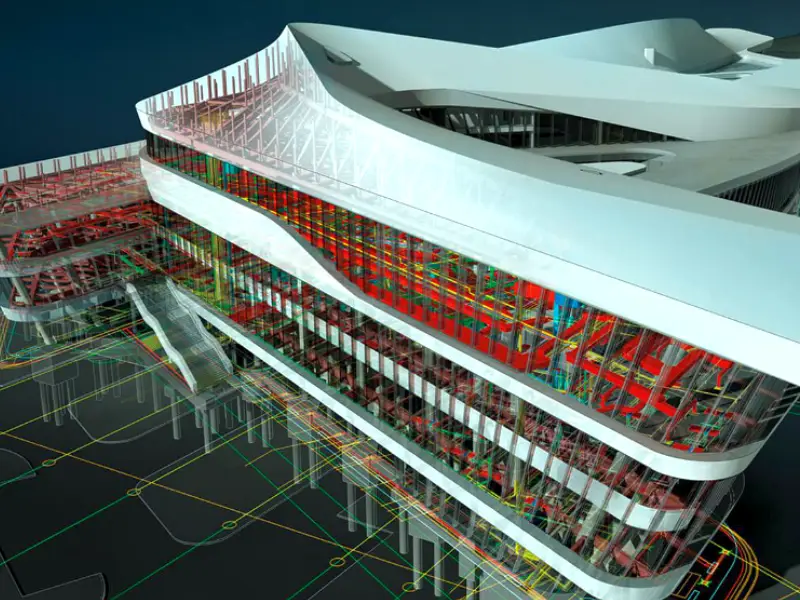
Imagine breaking ground on a new construction site, only to hit a water pipe that wasn’t on any map. Suddenly, you’re facing costly delays, unexpected expenses, and a host of safety concerns. Unfortunately, this scenario is more common than you’d think. Many projects suffer setbacks because of inadequate utility surveying, leading to unforeseen challenges and inflated budgets.
These problems arise from a lack of accurate data, poor planning, and outdated surveying techniques. It’s not just a matter of inconvenience; it’s a recipe for disaster that can jeopardize the entire project’s timeline and cost-effectiveness.
The challenge of pinpointing subsurface utilities accurately is compounded by the complex networks that have developed over decades. Old plans and maps often don’t reflect reality, leaving project managers and construction teams to navigate a maze of potential risks. This is where utility surveying steps in, offering clarity, precision, and peace of mind.
Best Practices for Effective Utility Surveying
In the dynamic world of construction and infrastructure development, understanding what lies beneath the surface is as crucial as the structures we build above it. Utility surveying is the key to this hidden world, providing essential insights that drive successful projects. But without best practices, the potential benefits of utility surveying can be lost in translation.
Comprehensive Data Collection and Analysis
Implementing Advanced Technology
Collaboration and Communication
Regular Updates and Maintenance

Compliance with Regulations and Standards
Safety as a Priority
Efficient Project Planning and Execution
Partner with Survey2Plan for Superior Utility Surveying
Navigating the complexities of utility surveying requires expertise, precision, and the latest technology. That’s where Survey2Plan comes in. With our team of skilled professionals and state-of-the-art equipment, we provide comprehensive utility surveying solutions tailored to your project’s unique needs. Whether you’re planning a small renovation or a large-scale infrastructure project, we have the experience and tools to ensure success.
Therefore, don’t let unseen utilities become a costly surprise. Contact Survey2Plan today and discover how our expertise in utility surveying can transform your project into a seamless success. With our commitment to excellence and safety, we help you unlock the potential of your site while avoiding the pitfalls that can derail progress. Visit our website or call us now to learn more about how we can assist with your next project.




